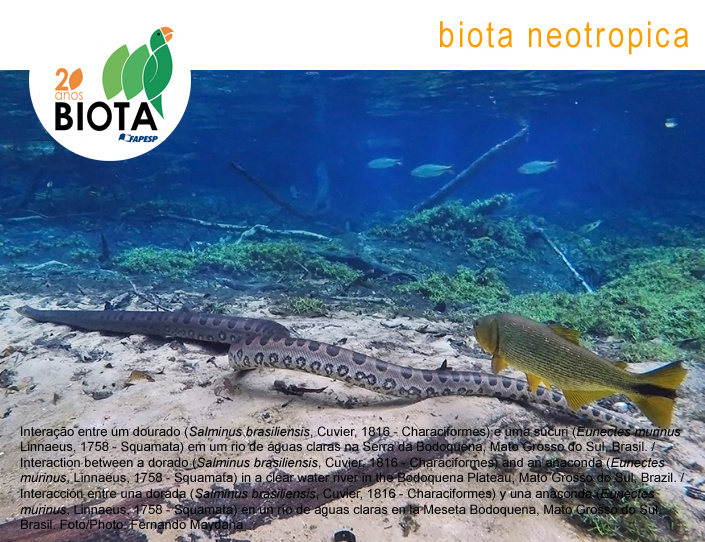Mapping threatened canga ecosystems in the Brazilian savanna using U-Net deep learning segmentation and Sentinel-2 images: a first step toward conservation planning
Abstract
Abstract Canga ecosystems are iron-rich habitats and pose a challenge for conservation and environmental governance in Brazil. They support high levels of biodiversity and endemism and, at the same time, have suffered intense losses and degradation due to large-scale iron ore mining. The Peixe Bravo River Valley in the Brazilian savanna is one of the last natural canga areas that has yet to face the irreversible impacts of mining. However, there are vast gaps in data on the vegetation cover, location, spatial distribution, and area of occurrence of this ecosystem. Therefore, more information is needed on the appropriate scale, without which it is difficult to establish conservation planning and strategies to prevent, mitigate or compensate for impacts on canga ecosystems. In this study, we provide the first map of canga ecosystems in Brazil using the U-Net deep learning model and Sentinel-2 images. In addition, we estimate the degree of direct threat faced by ecosystems due to the spatial overlap of the mapped cangas and the location of mining concession areas for iron ore exploitation. The deep learning algorithm identified and segmented 762 canga patches (overall accuracy of 98.5%) in an area of 30,000 ha in the Peixe Bravo River Valley, demonstrating the high predictive power of the mapping approach. We conclude that the direct threat to canga ecosystems is high since 99.6% of the observed canga patches are included in mining concession areas. We also highlight that the knowledge acquired about the distribution of cangas through the application of an effective method of artificial intelligence and the use of open-source satellite images is especially important for supporting conservation strategies and environmental public policies.Published
2023-01-01
How to Cite
Pereira, E. O., Wagner, F. H., Kamino, L. H. Y., & Carmo, F. F. do. (2023). Mapping threatened canga ecosystems in the Brazilian savanna using U-Net deep learning segmentation and Sentinel-2 images: a first step toward conservation planning. Biota Neotropica, 23(1). Retrieved from https://www.biotaneotropica.org.br/BN/article/view/1985
Issue
Section
Articles
